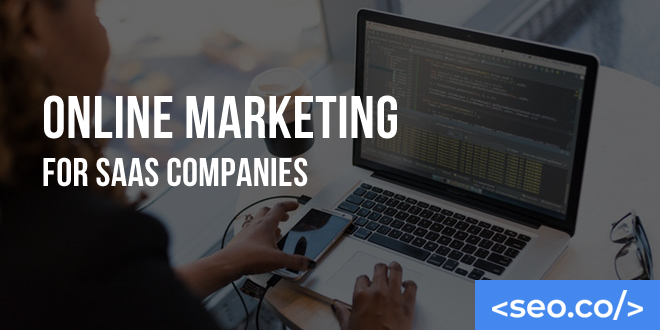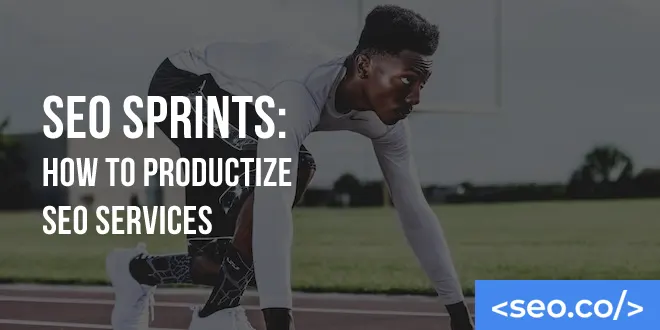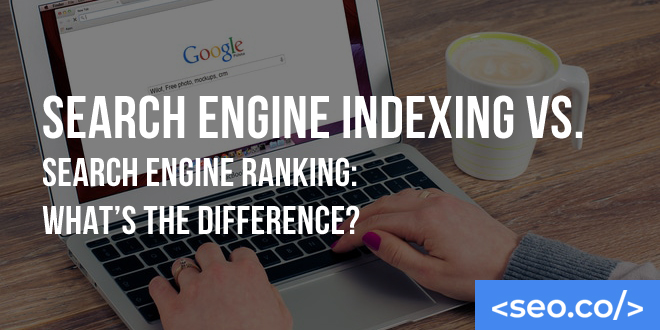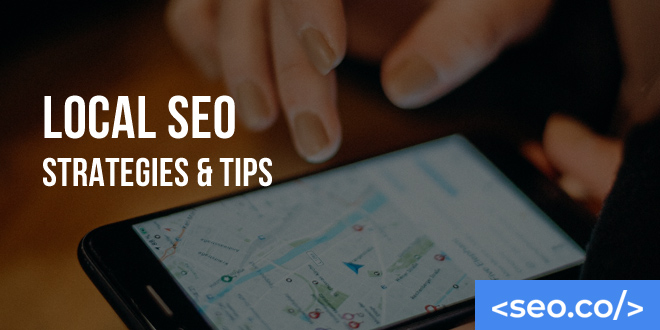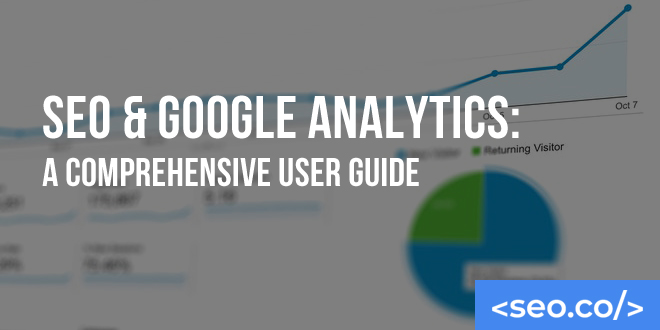
Google Analytics Best Practices
Google Analytics is a powerful tool for tracking website traffic and user behavior. It provides valuable insights that can help businesses make informed decisions about their online presence. However, in order to make the most of Google Analytics, it’s important to follow best practices. Initial Setup of Your Google Analytics Account Setting up a goal is relatively easy. All you have to do is find the Admin section for your target site, click on “Goals,” and then “Create a Goal.” Google Analytics offers a step-by-step process that allows you to set up any goal you’d like. For most users, you’ll be setting up a template goal. Some of the common goals you can choose from include “destination” goals, which are completed when a user reaches a specific page, or “event” goals, which are completed when a user takes a specific action, like playing a video. Once you’ve selected a type, you’ll be able to customize your goals and fill in the necessary information—like the URL for your destination goal. Once you’ve got your initial goals set up, make sure to run a handful of tests to make sure they are functioning properly. Designating a Value You’ll also have the opportunity to designate a value to the completion of each of your goals. Take advantage of this; it’s going to provide you with a major opportunity to objectively analyze your online marketing results later on. For some goals, coming up with this value is easy. For example, if you’re selling an ebook for $5 and you set up a goal for the completion of a single order, the value of the goal would be $5. However, if you’re selling multiple items in varying groups, you’ll have to come up with the average value of a customer order and use that as the assigned value of a goal. The process is further complicated by non-monetary goals, such as those assigned to the completion of a contact form. Here, you’ll have to determine the ratio of inquiries to sales, and then the average sale to determine the average goal completion value. This may take a few extra steps, but coming up with an accurate value is essential to determining the objective results of your campaign later down the road. Determining Which Goals to Set Up The “Goals” section of Analytics is one of the most useful tools you’ll find. If set up properly, you’ll be able to track conversions throughout your site, and run an analysis to determine the overall value of your campaign, giving you a perfect gateway to uncover the ROI of your inbound efforts. One of the most important aspects of Google Analytics is setting up goals and conversions. Goals are specific actions that you want visitors to take on your website, such as filling out a contact form or making a purchase. Conversions are when visitors actually complete those actions. By setting up goals and conversions, you can track how well your website is performing and identify areas for improvement. If a specific action on your website corresponds to revenue or the strong possibility for revenue, you should set it up as a goal. Only then can you be able to concisely and accurately project how much revenue your inbound marketing strategies are earning. Goals don’t take much time to set up, and once they’re set up correctly, you can run with them for as long as you need. Nobody has ever complained about having too much data available. Still, if you have multiple transaction points and multiple points of contact, it may be overwhelming to try and set up a goal for each one of them. Start out with the goals that are the most critical for your business goals, and once those are complete, gradually flesh out the others. Custom Dimensions and Metrics Google Analytics offers a variety of dimensions and metrics that you can use to analyze the most accurate data for your website. However, you can also create custom dimensions and metrics to track specific information that’s important to your business. For example, you might create a custom dimension to track which products visitors are interested in or a custom metric to track how much revenue each page generates. Data Segmentation Segmenting your data (typically using both live and raw data view) allows you to analyze specific subsets of your website traffic. For example, you might segment your data to analyze how mobile users interact with your website compared to desktop users. This can help you identify areas where your website might need to be optimized for specific devices or user groups. For instance, you may want to block internal traffic coming from your own IP address (or even those of your remote workers), so as not to obscure the data points. Use Annotations Annotations allow you to add notes to your Google Analytics data, which can help you remember important events or changes that might affect your website traffic. For example, you might add an annotation for a website redesign or a marketing campaign launch. Annotations can also help you see how specific events or changes impact your website traffic over time. Monitor Your Bounce Rate Your website’s bounce rate is the percentage of visitors who leave your website after only viewing one page. A high bounce rate can indicate that visitors are not finding what they’re looking for on your website. By monitoring your bounce rate, you can identify areas where your website might need to be improved to keep visitors engaged. Setting Up Alerts Google Analytics allows you to set up alerts to notify you when certain events occur, such as a sudden drop in website traffic or an increase in bounce rate. When you create custom reports and set up alerts, you can quickly identify and respond to issues that might affect your website’s performance. The Funnel Setting up a marketing funnel is an optional part of the goal and overall Google Analytics setup process, but I’ve found it extremely

